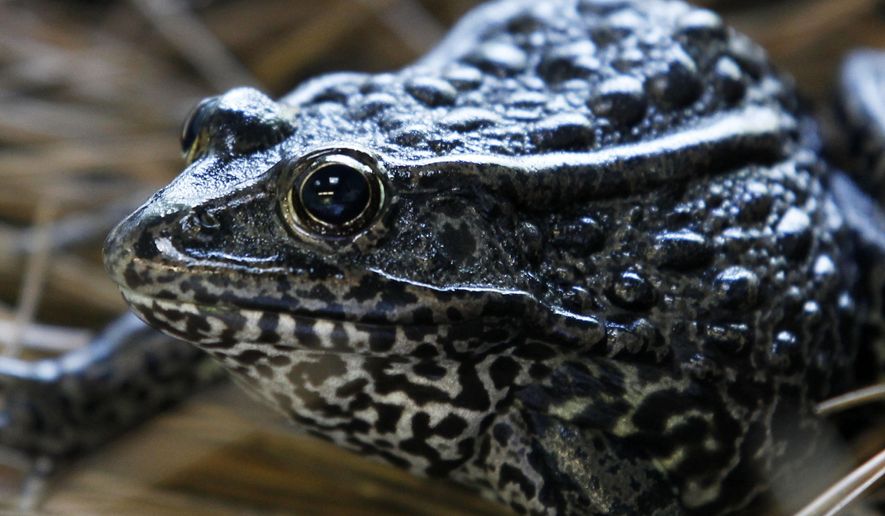BILLINGS, Mont. (AP) - The Trump administration finalized a proposal Thursday that will allow the government to deny habitat protections for endangered animals and plants in areas that would see greater economic benefits from being developed.
U.S. Fish and Wildlife Service officials said the rule gives more deference to local governments when they want to build things like hospitals or schools. It also allows exemptions from habitat protections for a much broader array of developments, including at the request of private companies that lease federal lands or have permits to use them.
Critics argue the change would open lands to more energy development and other activities at the expense of imperiled plants and wildlife.
The change is part of the administration’s years-long effort to repeal regulations across government, which has broadly changed how the Endangered Species Act gets used. Other steps under Trump to scale back species rules include adoption earlier this week of a proposal to restrict what areas fit under the definition of “habitat”.
Animals that could be affected by the latest changes include the struggling lesser prairie chicken, a grasslands bird found in five states in the south-central U.S., and the rare dunes sagebrush lizard that lives among the oil fields of western Texas and eastern New Mexico, wildlife advocates said.
The changes were triggered by a 2018 U.S. Supreme Court ruling involving a highly endangered Southern frog - the dusky gopher frog.
In that case, a unanimous court faulted the government over how it designated a “critical habitat” for the 3 ½-inch-long (8.9-centimetre-long) frogs that survive in just a few ponds in Mississippi. The ruling came after a timber company, Weyerhaeuser, had sued when land it owned in Louisiana was designated as critical.




Please read our comment policy before commenting.